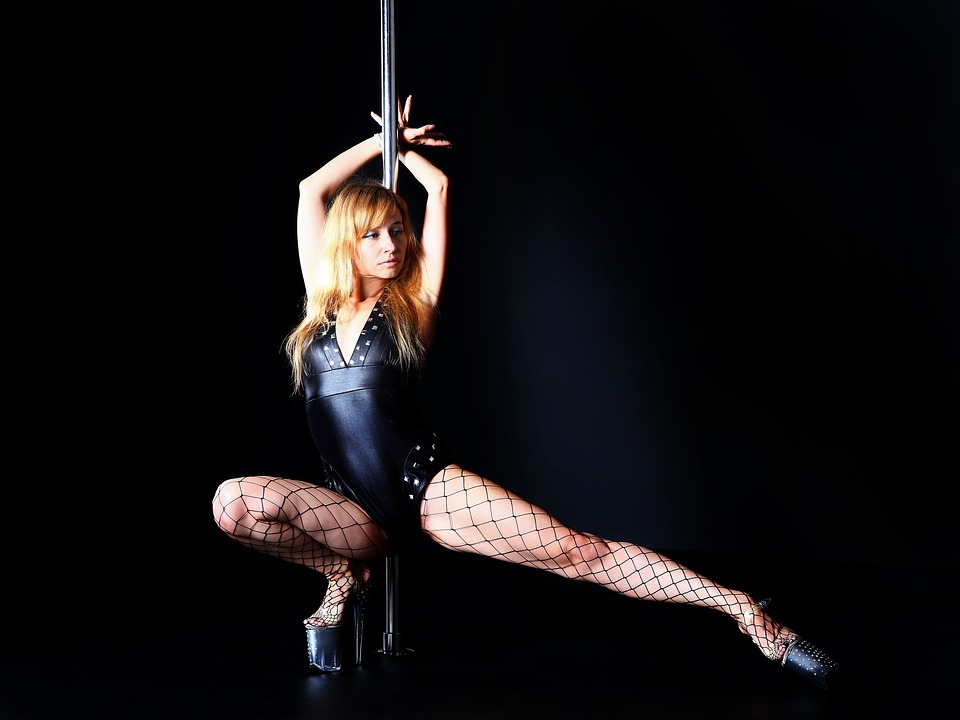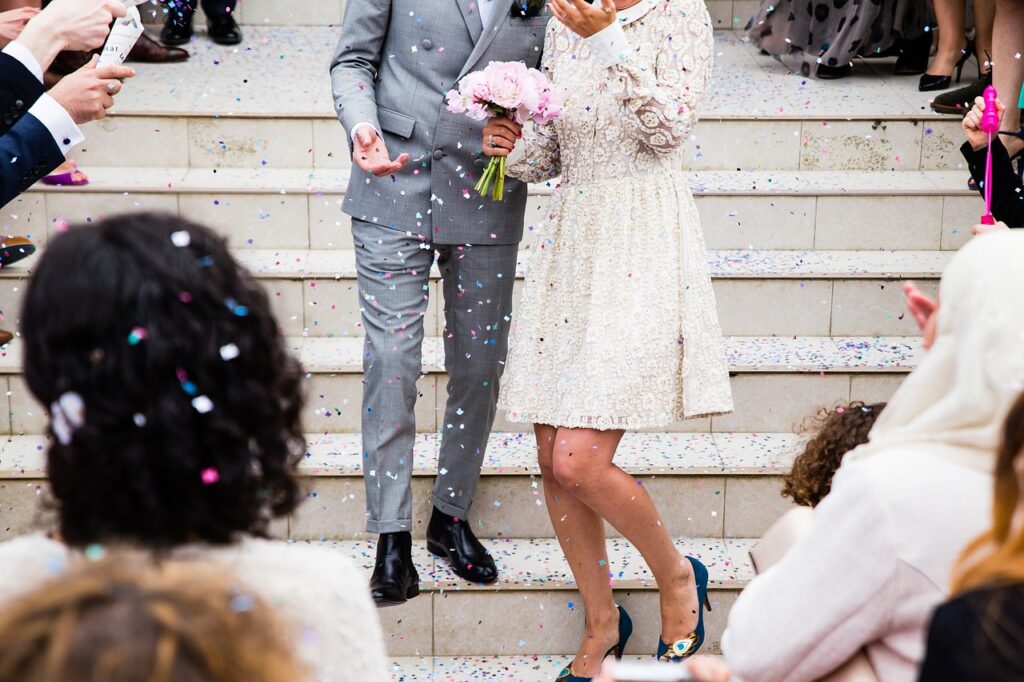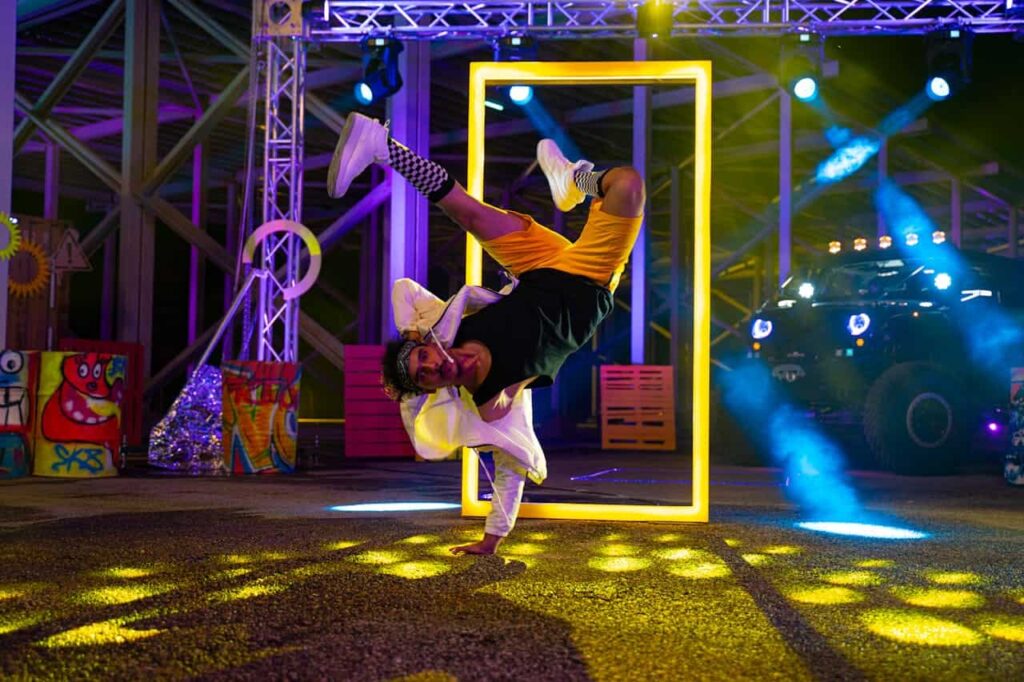
Summary
Choreographies to do in urban dance
Discover the urban danceis to plunge into a world of pace, ofexpression and of freedom. These dances Street dance, from breakdance to krump, offers a window onto rich and dynamic cultures. These dances are more than a collection of artistic movements; they are a way of telling stories, connecting and liberating.
Summary
Introduction
Discover the key choreographies of urban dance, providing the basics to start or perfect your practice. Whether you're looking to master different styles such as popping or take up house dance, you'll find practical lessons and inspiration.
Definition of urban dance
Ah, urban dance! You're probably wondering what's behind that term, aren't you? It's simple, but so rich at the same time. Imagine bustling city streets and neighbourhoods, squares bursting with creativity at every corner. Urban dance is the essence of these free spaces, transformed into veritable open stages.
Born in the lively, bustling neighbourhoods of Paris, it represents an explosive mix of genres, emotions, movements and diversity. We're talking about a style of dance that draws its inspiration directly from everyday life, the local cultures And collective energy communities. It is characterized by its spontaneity, her authenticityAnd, of course, his incredible ability to make us move, feel and live in the moment with a strong artistic dimension.
Urban dance is much more than just a series of movements; it's a universal language, a form of personal and collective expression that crosses barriers and borders. Whether you're in New York, Paris or Tokyo, it's an integral part of the artistic and cultural scene, speaking to you, challenging you and inviting you to join this incredible human adventure.
So, are you ready to dive into this vibrant and exciting world of urban and street dance? Follow us, the adventure is just beginning!
The different types of urban dance
Origin of urban dance
Before diving into the heart of the matter, let's go back to basics. Urban dance? A kaleidoscope of crops and of movementsborn in the hustle and bustle of the American streets and working-class neighbourhoods. Here, every step, every jump tells a story, the story of a community, a moment, a revolt or a celebration. It was in this open space, far from traditional dance halls, that urban dance took root, offering a new playground for self-expression and cultural diversity.
Presentation of the main urban dance styles
Now, fasten your seatbelts, because we're off to discover the gems of urban dance, the artistic styles that make the streets beat faster:
Locking : Imagine a suspended moment, a movement stopped in mid-air - that's locking. This style is the art of locking your movements suddenly before resuming the normal course of your dance, all to funk rhythms. Locking is fun, expressive and, above all, incredibly dynamic. A pure moment of theatre in the street, where each street dancer becomes the actor in his or her own story.
Waacking Dive into the disco era with waacking. An urban dance style where the arms are the stars, expressing themselves through fast movements and dramatic poses. Inspired by the clubs of the 70s, waacking is an ode to expression and diversity, a dance about freedom, identity and resistance.
Voguing Directly inspired by the poses of Vogue models, THE voguing is a stylised battle, a competition where elegance, precision and attitude are king. It's a colourful dance form that celebrates LGBTQ+ identity and culture and features talented performers. In voguing, every movement is a tableau vivant, a work of art in motion.
Hip hop You can't talk about urban dance without evoke the hip-hopHip-hop is an emblematic dance style, a universal language. More than a dance style, hip-hop is a way of life, a philosophy. It is characterised by an impressive freedom of movement, from floor steps to aerial figures, all marked by an unparalleled rhythm and attitude.
Each of these styles tells part of the story of urban dance, a universe where freedom of expression reigns supreme. Whether it's explosive locking, theatrical waacking, stylised voguing or emblematic hip-hop, urban dance is an invitation to share, to live, to express who we are. Urban dance has even inspired some Tahitian dances. Ready to enter the dance and join the artistic scene?
Breakdancing
What is breakdancing?
Let's dive into the heart of learning to breakdance, this spectacular art which combines pace, strength And agility. Breakdance, or b-boying/b-girling, is a physical conversation with music, a dialogue in which each movement has its own voice. Born in the streets of New York and its suburbs in the 1970s, this style of urban dance is a veritable acrobatics on the floor, a dazzling mix of figures, passes and freezes that defy gravity.
Breakdance is freedom in movement. Imagine spinning on your head, sliding on one arm, freezing your body in mid-air - each figure is a story, a struggle, an expression of self. But beyond the physical aspect, breakdance is a social community, a team spirit, a family. It's a space where encouragement and mutual respect reign, where each dancer brings their own energy, their own unique style.
Example of choreography
The Top Rock: Start on your feet and the music takes over. Top rock is your introduction, your moment to take space and set the rhythm. Two steps forward, two steps back, let your arms follow the movement, freely, with style. This class will help you practise this essential breakdance movement.
The 6-Step: Make way for the floor! Sit down, one hand on the ground, the other in the air. This is the moment to draw a circle with your feet, alternating positions to create the six basic steps. Remember, fluidity and rhythm are your friends in this breakdance.
The Freeze: Pick a moment, a pause in the music. That's when you literally freeze. Whether on one hand, balancing on your head or with one foot in the air, the freeze is your signature, your moment of glory. Practise, find your balance and give free rein to your creativity.
The Baby Freeze: Perfect for beginners. Sit down, place one hand on the floor with your elbow at hip level. Use the other hand for balance. Lift your feet off the floor, cross them and freeze. Breathe, you're there! Keep practising to master this essential technique.
The exit : All good choreography has an end. Stand up, bring the movement back up, with a final top rock, or a simple glide backwards, before finishing with an artistic pose, your pose, the one that says "that was me, and I loved every moment of it".
Remember, breakdancing is a journey, not a destination. Every fall, every slide, every success is a step towards your ultimate expression. Be patient, practise, and above all, have fun. Dance is the joy of life, and breakdance opens its arms to you. Ready to dance on the urban stage?
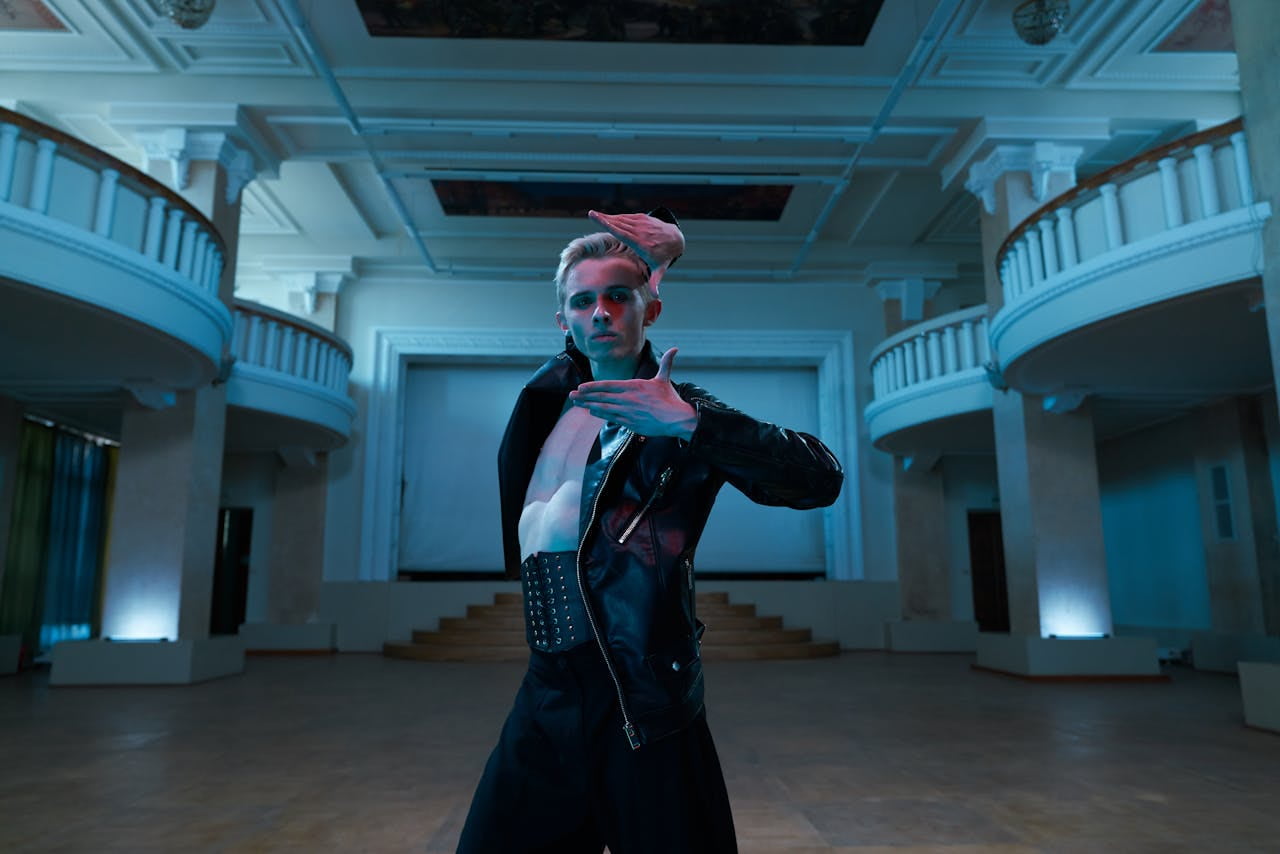
Popping
Describe popping
Enter the electric world of popping, a style of urban dance in which the body seems to interact with the beats of the music in magical jerks. Imagine for a moment that every muscle in your body becomes an instrument, capable of creating an illusion of robots or supernatural animation. Fascinating, isn't it? Born in the 70s in California, popping is characterised by rapid muscle contractions followed by releases, producing that electric pop or bang effect. Speaking of electric, popping is also present in there electro danceenriching the diversity of urban dance styles.
What makes popping so unique is its ability to isolate and precisely control different muscle groups, from the arms to the legs, via the torso and even the neck. It's a dance that plays on optical illusions, on wave effects and fluid glides, on abrupt freezes. But beyond technique, popping is a means of artistic expression, a way of telling a story, your story, with your body as the main narrator.
Example of choreography
Ready to get your popping choreography on? Don't panic, we'll start gently. Here's a basic sequence for beginners, designed to introduce you to the pleasure of popping in our classes.
The Fresno: Standing with your feet shoulder-width apart, start with this basic step. Let the beat guide your movements. Popp your right arm while shifting your body weight slightly onto your left leg, then reverse. This is the basic move that will help you get to grips with the concept of popping, an urban dance style.
The Waves: Let's introduce a little fluidity. Hold your arms out in front of you, palms down. Now imagine a wave passing through your left arm, up through your torso and out through your right arm. This undulating movement requires isolation and control, but once mastered, it's breathtakingly beautiful and showcases your creativity.
Gliding: To add a little magic, gliding. On the spot, use the left foot as a pivot and slide the right foot forward, then bring it back. Alternate. The idea is to create an illusion of floating, as if you were gliding effortlessly across the surface, showcasing your creativity.
The robot : Let's have some fun. Turn yourself into a robot. Every movement is jerky and mechanical. Isolate each body part as you move, using sharp stops to accentuate the robotic effect and your creativity.
The Hit: Let's finish on a high note. The hit is the very essence of popping. Choose a muscle, contract it hard and then release. This can be done with any part of the body, but start with the arms to get used to the sensation and develop your muscle control.
The most important thing in popping, as in all urban dance, is to put your soul into your moves. Don't worry about perfection. Explore, experiment and, above all, have fun. Dance is a celebration, and popping gives you a world of creative possibilities to explore. So, ready to get your world popping?
House dancing
Describe house dance
Welcome to the vibrant and energetic world of house dance, an urban dance style that captures the essence of freedom and joie de vivre. Imagine yourself dancing at the heart of a never-ending party in the clubs of Chicago and New York, where every move is a celebration of life. Born in the clubs of Chicago and New York in the 80s, house dance is intrinsically linked to house music, with its driving rhythms and deep bass.
The hallmark of house dance is its incredible fluidity and freedom of movement. It combines gliding steps, light jumps and movements of the pelvis and torso, all set to hypnotic house beats. But that's not all; house dance is also influenced by jazz, funk, disco and even African dance, offering a rich diversity of movement.
Example of choreography
Ready to get your groove on? Here's a simple house dance choreography to introduce you to the energy and freedom of this style during our classes.
Jacking: The heart of house dance. Standing up, start by moving your torso back and forth in a fluid motion, as if you were "jockeying" with your spine. This basic movement will help you get into the groove of house music and develop your fluidity.
The Loos Legacy: Add to this a bit of footwork. The loos legs consists of bending your knees slightly and rotating your legs alternately from the inside to the outside, while maintaining the jacking movement. This gives a feeling of fluidity and lightness to your steps, while stimulating your creativity.
The Basic Step: Now let's incorporate a simple step. Slide your right foot back while bending your left knee, then alternate quickly with your left foot. This step should be light, almost as if you were playing with the floor, while continuing your jacking. Practise this step to strengthen your house dance technique.
The Shuffles: For a little more dynamism, try shuffles. From a standing position, slide one foot outwards while bringing the other foot back to meet it, then reverse. This fast, fluid movement is perfect for exploring the space around you and expressing your creativity.
The V-Step: Let's finish with the V-step. Imagine drawing a "V" with your feet. Start by moving your feet diagonally away from each other, then bring them back together. It's a joyful, expansive movement that fully expresses the freedom and style of house dance.
Remember, the key to house dancing is to let yourself go with the music, to feel the beat in every fibre of your being. There's no wrong way to dance house, as long as you move with your heart. Let the music guide you, explore the moves, and above all, have fun. House dancing is an invitation to celebrate, to express your joy and your freedom. So, are you ready to dance like nobody's watching and express your creativity?
The krump
Describe the krump
Welcome to the explosive, emotional world of krump, an urban dance style that goes far beyond simple movement. Imagine a dance that channels raw energy, passion and the most intense emotions - that's krump. Born in the streets and neighbourhoods of Los Angeles in the early 2000s, krump is an artistic response to social tensions and challenges, a powerful means of expression where anger, joy and sadness are transformed into art.
Krump is characterised by its fast, wild and sometimes aggressive movements, offering an impressive visual spectacle. It's a very physical dance, involving the whole body: expressive faces, powerful arm movements, stomps and chest pops. But at the heart of krump is a story, a message, an artistic voice that wants to be heard.
Example of choreography
Ready to unleash your energy? Here's a basic krump choreography to help you get started and feel the power of this dance in our classes.
The Stomp: Start with the stomp, a fundamental krump move. It's a powerful kick to the floor, as if to mark your territory. The stomp is your base, your anchor, it sets the rhythm and intensity of your urban dance.
The Chest Pop: Incorporate the chest pop. Using your torso, make a rapid forward movement, as if you were pushing something away with your chest. This movement expresses strength and challenge - it's the beating heart of your urban choreography.
Arms Swings: Add arms swings, wide, circular movements of the arms, as if you were releasing all your energy around you. The arms swings are your space of expression, where each rotation tells part of your artistic story.
The Jabs: The jab, a quick, hard-hitting movement of the arm, as if you were throwing a punch. The jab is direct, precise, a flash in the night. It represents your fight, your resilience and your identity as a dancer.
Facial expression : Krump is also a face dance. Let your emotions show on your face, whether it's a scream, an intense look or a smile. Your face is the mirror of your dancing and artistic soul.
Freestyle: In krump, freestyle is essential. Once you've practised these moves, let the music take you away. Krump is personal, intimate. It's a time to tell your story, to use your body like a paintbrush on the canvas of life and to express your creativity.
Krump is a dance of pure expression, a body language that goes beyond words. Don't be afraid of intensity, of exploring your deepest emotions. Every movement, every gesture is an affirmation of yourself, a declaration of your existence and your identity. So take a deep breath, let your heart do the talking, and krump!
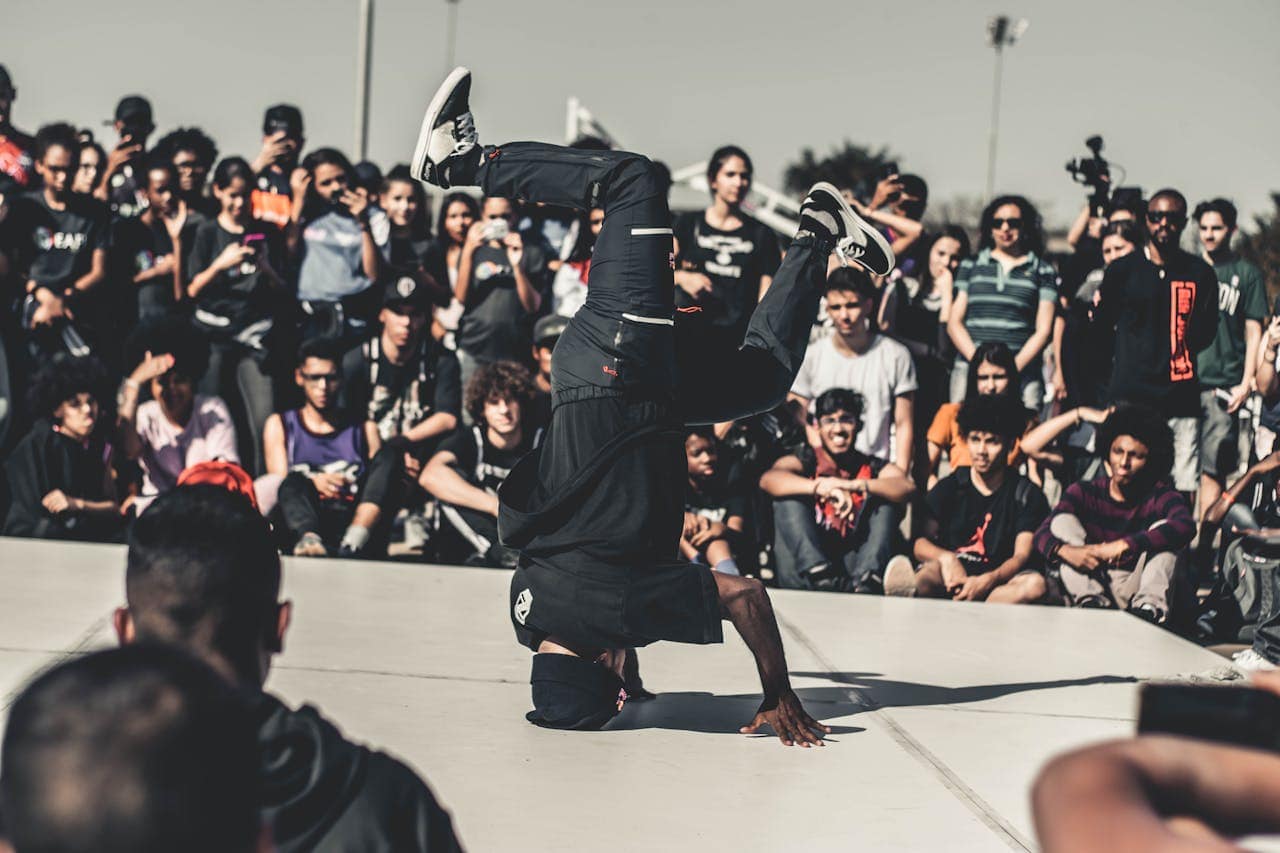
Conclusion
Urban dance, rich in style and history, offers a unique and powerful means of expression. From breakdance to krump, each genre illustrates the diversity and energy of street cultures. These dances explore personal expression through movement, offering both challenge and joy on the artistic stage.
Learning these choreographies opens up a world of creativity and connection, building self-confidence and body control. Each step and movement tells a story, your story, set to captivating rhythms that invite freedom and cultural expression.
Dance the way you want with DECIBEL
If you like the idea of combining dance And cardio, DECIBEL® is the place for you! Immerse yourself in 45 minutes, our dance and fitness classesdesigned to improve your endurance and tone your muscles.
Discover a world of energetic and varied choreography, bathed in a spirit of camaraderie. Under the leadership of our dynamic coaches, refine gradually your abs, your thighs and your glutesall in an atmosphere boosted by lively rhythms and soothing light in our course dance.
At DECIBEL®, pleasure is at the heart of the experience, in a welcoming and dynamic environment!
FAQs
What are urban dances?
Urban dance includes several styles derived from hip-hop culture, such as breakdance, krump and other forms of street dance. These dances are characterised by their creativity, freedom of expression and roots in urban communities.
What are the 10 most popular dances?
The most popular dances include Argentine tango, Cuban salsa, flamenco, kizomba, hip-hop, ballet, Dominican bachata, Irish dance, Bollywood and jazz dance, blending traditional and contemporary influences.
What is an urban dancer?
An urban dancer is an artist who practices dance styles derived from hip-hop and street culture, such as hip-hop, dance hall, locking and popping. These dances emphasise creativity and improvisation.
What are the different types of street dance?
The main types of street dance include breakdance, locking, popping, house dance, hip-hop (new style), waacking and voguing. These styles are characterised by distinctive movements such as blocks (locking), contractions (popping) or dramatic expression (voguing).
Read also
follow us
on instagram
Follow our news,
take advantage of our tutorials and participate to our
contests!
BREAKING NEWS!
Receive our newsletter.
